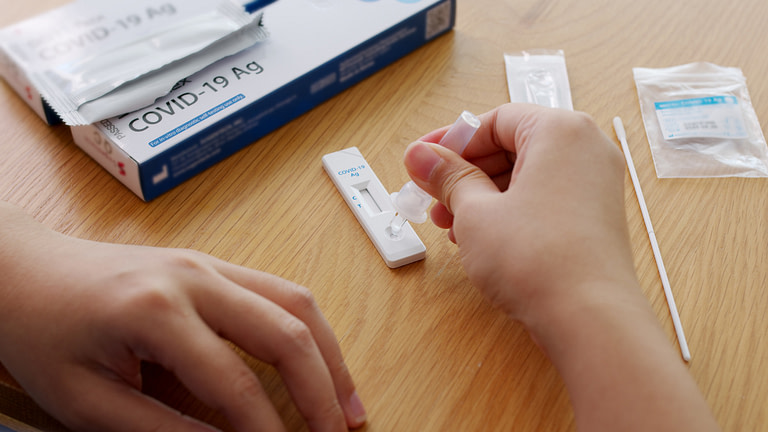In the ongoing battle against the COVID-19 pandemic, testing remains a critical tool for early detection and containment. Rapid antigen tests have emerged as a valuable resource in this fight, offering quick and convenient results. In this article, we’ll explore what rapid antigen tests are, how they work, their benefits, and their limitations.
What Is a COVID-19 Rapid Antigen Test?
A COVID-19 rapid antigen test, often referred to as a “rapid test” or “rapid diagnostic test (RDT),” is a diagnostic tool designed to detect the presence of the SARS-CoV-2 virus—the virus responsible for COVID-19—in a person’s body. Unlike molecular tests like PCR (polymerase chain reaction) tests, which require specialized equipment and can take several hours to produce results, rapid antigen tests provide results within minutes, typically in under 30 minutes.
How Do Rapid Antigen Tests Work?
These tests work by detecting specific viral proteins, or antigens, in a patient’s nasal or throat swab sample. The process can be summarized in a few key steps:
Sample Collection: A healthcare professional collects a sample from the patient’s nasal or throat swab.
Sample Extraction: The collected sample is mixed with a solution to extract any viral particles present.
Antigen Detection: The extracted sample is then applied to a test strip that contains antibodies specific to the SARS-CoV-2 antigen. If the viral antigen is present in the sample, it binds to these antibodies.
Result Interpretation: A visual signal, often a colored line, appears on the test strip if the viral antigen is detected. The presence of this line indicates a positive result.
Benefits of Rapid Antigen Tests
Speed: Rapid antigen tests are called “rapid” for a reason. They can provide results in a matter of minutes, allowing for swift action and isolation if needed.
Cost-Effective: These tests are generally more affordable than molecular tests, making them accessible to a wider population.
On-Site Testing: Rapid tests can be conducted in various settings, from healthcare facilities to mobile testing sites, making them more convenient for mass screening efforts.
Early Detection: Rapid tests can identify infectious individuals in the early stages of infection, reducing the potential for transmission.
Limitations of Rapid Antigen Tests
Sensitivity: While rapid antigen tests are effective in detecting the virus, they may have slightly lower sensitivity compared to PCR tests. This means that false negatives can occur, especially in individuals with low viral loads.
Specificity: Rapid tests can sometimes produce false-positive results, though this is less common.
Timing: The timing of the test can impact its accuracy. It’s essential to perform the test during the optimal window of infection, which is typically within the first few days of symptoms or exposure.
Confirmation: Positive rapid antigen test results should be confirmed with a follow-up PCR test to rule out any false positives.
In conclusion, COVID-19 rapid antigen tests play a crucial role in our efforts to combat the pandemic. They offer quick results, affordability, and accessibility, making them valuable tools for widespread testing and early detection. However, it’s essential to understand their limitations and use them in conjunction with other public health measures, such as vaccination and mask-wearing, to effectively control the spread of the virus.
Stay informed, get tested when necessary, and continue practicing safety measures to protect yourself and those around you during these challenging times.
For the latest updates on COVID-19 testing and guidelines, consult your local health authorities and healthcare providers.








